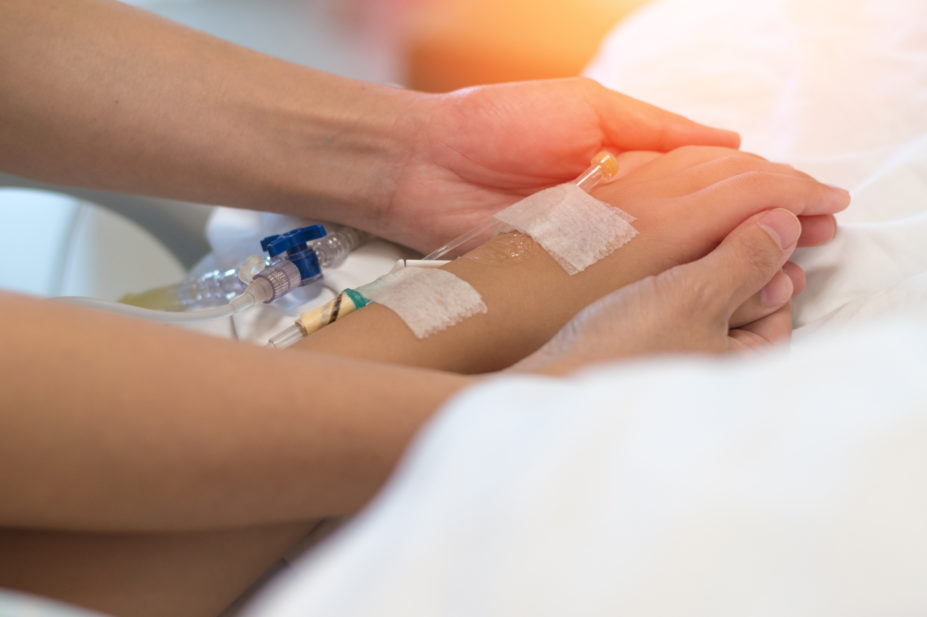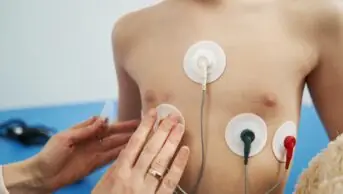
Shutterstock.com
A proposal to standardise paediatric intravenous (IV) infusions across the UK has been published by the Neonatal & Paediatric Pharmacists Group (NPPG).
The report, which is supported by the joint Royal College of Paediatrics and Child Health (RCPCH)/NPPG standing committee on medicines, offers the first list of published standard IV infusion concentrations, for use in infants over 2kg, and children, in the UK.
According to the NPPG, the framework will help to reduce medication errors and the time taken to prepare infusions; improve the safety of prescribing and administration for practitioners moving between different workplaces; improve demand and capacity planning to manage drug shortages; and improve the use of technology through implementation of smart pumps, electronic prescribing and implementation of barcoded medicines administration.
The framework will also provide an opportunity for the development of licensed ready-to-administer formulations of IV medications based on the standard infusion concentrations, which would lead to “demonstrable improvements in safety and service efficiency”, the NPPG adds.
Dan Hawcutt, a consultant paediatric clinical pharmacologist and chair of the RCPCH committee supporting the proposals, explained that, currently, most paediatric infusions are based on a complex formula of patient’s weight and desired dose, all diluted into a container to give a fixed rate of administration.
However, he said that there were “multiple reasons” as to why this approach needed to be changed.
“Using a formula based on a child’s weight leads to really inaccurate dilutions — sometimes twice what you expect to be in the syringe — especially when using small volumes of concentrated solutions,” he explained.
“[And], there is an inexorable march towards electronic prescribing and ‘smart’ infusion devices that do not support these infinitely variable concentrations, so the NHS will have to change sooner or later.”
Hawcutt added that there was increasing demand for pharmacies to be able to “make up” these drugs to save nursing time, “but we can’t do that if each syringe has to be tailored to an individual patient weight”.
“[With these proposals] we can start to standardise the way our nurses and doctors are trained to prescribe and prepare these syringes. We can ensure that hospitals across the UK are using the same concentrations, so we’re not having to retrain medical and nursing staff every time they move to a new place of work.
“We can ensure that all our devices are set up and populated with the same prescribing and administration information (which the NHS has been told it has to do after some near-fatal medication errors with fentanyl infusions) and, in the future, NHS manufacturing units and the pharmaceutical industry can start to make these solutions for us, ready to use, in syringes or vials so that they’re ready to go when the patient needs them, without nursing staff spending 20–30 minutes preparing the drug.”
William Thornhill, principal paediatric pharmacist at Evelina London Children’s Hospital, said that the goal of having a standard list of products ready to use would have a “huge impact” on safer prescribing and administration.
“In the interim, having a standardised list with the appropriate concentrations is crucial; this is the next step that is needed in ensuring that we can move towards a standard list of products or, at a minimum, a standard way of preparing these products,” he added.


